- Quick and easy service
Car Rental São Paulo
Search, compare & book!
- Free cancellation Up to 48 hours prior to the scheduled pick up time
- Best price guarantee Have you found a better price? Let us know and we will make you a better offer.
- 24000+ pick-up locations Locations around the world
Car Rental São Paulo
Renting a car in São Paulo is simple with us. We offer the best rates in the market. We offer rental cars worldwide, in over 125 countries and more than 17,000 locations. All inclusive car rental in São Paulo at the best rates - quality service guaranteed!
Car rental offers in São Paulo
Whether you're looking for a small rental car or a station wagon for the entire family, we will always have a suitable vehicle for the lowest price. Below are some examples from our selection in São Paulo.
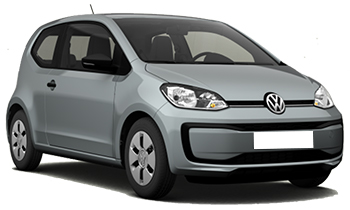
-
Foco From€ 15 /day

-
Movida From€ 17 /day

-
Movida From€ 17 /day
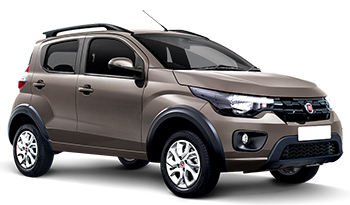
-
Localiza Car Rentals From€ 17 /day -
Alamo From€ 39 /day

-
Localiza Car Rentals From€ 20 /day -
Alamo From€ 42 /day

-
Movida From€ 19 /day -
Foco From€ 25 /day -
Localiza Car Rentals From€ 30 /day

-
Movida From€ 27 /day -
Localiza Car Rentals From€ 39 /day
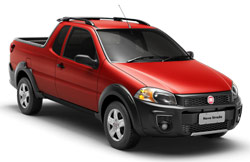
-
Alamo From€ 46 /day

-
Alamo From€ 50 /day

-
Movida From€ 14 /day -
Alamo From€ 43 /day

-
Movida From€ 15 /day -
Unidas From€ 19 /day -
Alamo From€ 39 /day
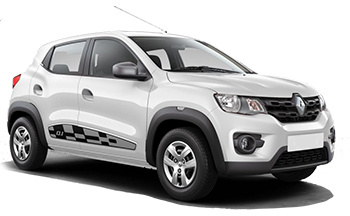
-
Foco From€ 18 /day -
Localiza Car Rentals From€ 24 /day -
Europcar From€ 37 /day

-
Movida From€ 15 /day

-
Foco From€ 15 /day -
Unidas From€ 17 /day -
Localiza Car Rentals From€ 17 /day
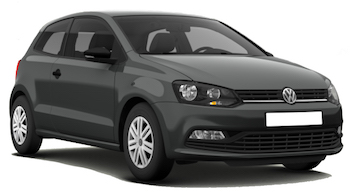
-
Foco From€ 19 /day

-
Foco From€ 15 /day

-
Foco From€ 16 /day -
Alamo From€ 39 /day

-
Movida From€ 20 /day -
Alamo From€ 49 /day
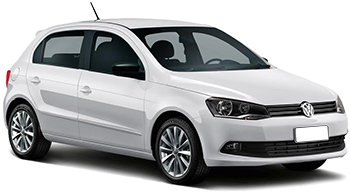
-
Foco From€ 15 /day

-
Foco From€ 16 /day -
Localiza Car Rentals From€ 20 /day -
Unidas From€ 20 /day

-
Foco From€ 19 /day
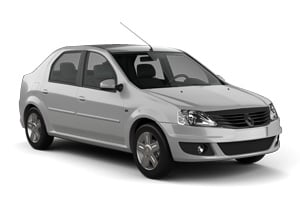
-
Foco From€ 16 /day -
Localiza Car Rentals From€ 19 /day -
Europcar From€ 28 /day
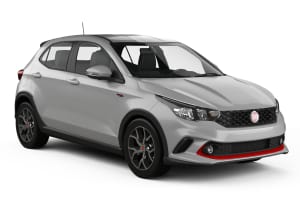
-
Localiza Car Rentals From€ 18 /day -
Europcar From€ 27 /day

-
Foco From€ 20 /day -
Localiza Car Rentals From€ 24 /day -
Europcar From€ 38 /day

-
Movida From€ 18 /day -
Localiza Car Rentals From€ 27 /day
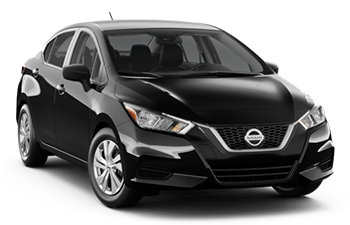
-
Unidas From€ 19 /day

-
Movida From€ 24 /day -
Alamo From€ 58 /day

-
Movida From€ 17 /day -
Localiza Car Rentals From€ 25 /day
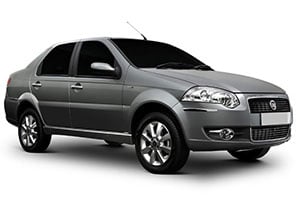
-
Movida From€ 18 /day
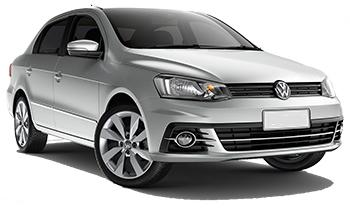
-
Foco From€ 22 /day

-
Foco From€ 19 /day
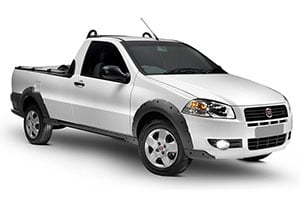
-
Movida From€ 19 /day -
Alamo From€ 46 /day
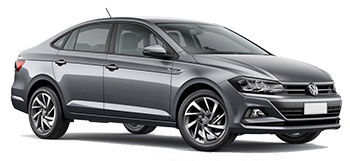
-
Foco From€ 25 /day -
Movida From€ 34 /day

-
Foco From€ 20 /day -
Movida From€ 28 /day
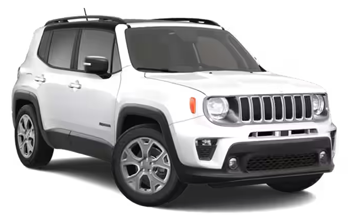
-
Movida From€ 21 /day -
Foco From€ 24 /day -
Localiza Car Rentals From€ 26 /day

-
Movida From€ 26 /day

-
Localiza Car Rentals From€ 27 /day

-
Localiza Car Rentals From€ 28 /day

-
Localiza Car Rentals From€ 29 /day
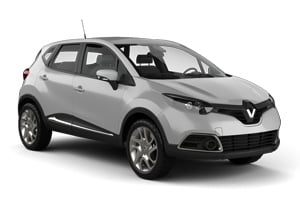
-
Unidas From€ 30 /day

-
Localiza Car Rentals From€ 36 /day
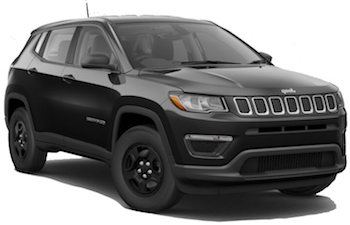
-
Unidas From€ 35 /day -
Localiza Car Rentals From€ 42 /day
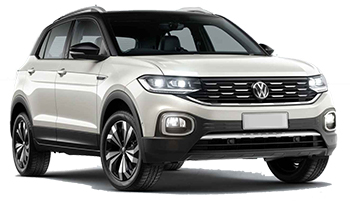
-
Movida From€ 42 /day

-
Movida From€ 37 /day

-
Localiza Car Rentals From€ 50 /day
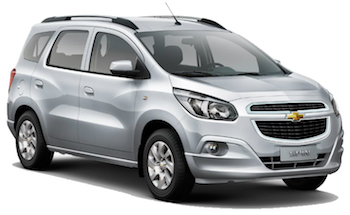
-
Foco From€ 27 /day -
Unidas From€ 28 /day -
Localiza Car Rentals From€ 38 /day

-
Movida From€ 29 /day

-
Movida From€ 41 /day
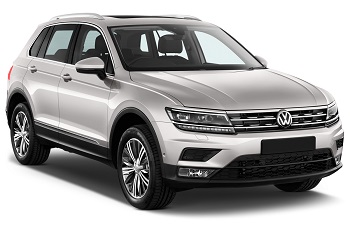
-
Unidas From€ 41 /day

-
Localiza Car Rentals From€ 47 /day -
Alamo From€ 116 /day
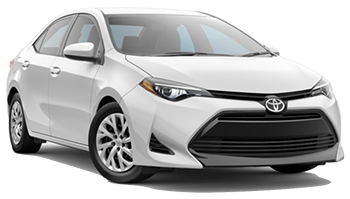
-
Movida From€ 44 /day

-
Movida From€ 51 /day
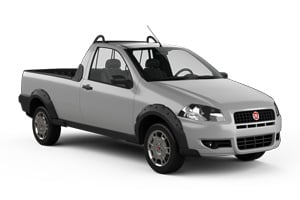
-
Localiza Car Rentals From€ 49 /day

-
Localiza Car Rentals From€ 54 /day

-
Movida From€ 25 /day -
Localiza Car Rentals From€ 48 /day -
Europcar From€ 58 /day
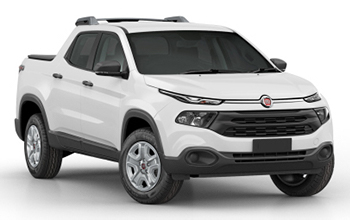
-
Unidas From€ 35 /day

-
Movida From€ 38 /day -
Localiza Car Rentals From€ 51 /day -
Europcar From€ 66 /day

-
Unidas From€ 42 /day -
Localiza Car Rentals From€ 74 /day

-
Movida From€ 53 /day

-
Unidas From€ 44 /day

-
Movida From€ 49 /day

-
Localiza Car Rentals From€ 75 /day
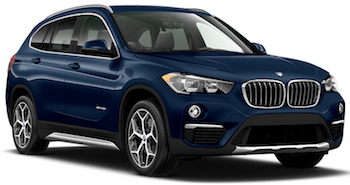
-
Unidas From€ 62 /day

-
Movida From€ 18 /day -
Localiza Car Rentals From€ 27 /day

-
Unidas From€ 21 /day

-
Foco From€ 28 /day -
Alamo From€ 88 /day

-
Movida From€ 21 /day -
Foco From€ 24 /day -
Localiza Car Rentals From€ 26 /day

-
Foco From€ 23 /day -
Movida From€ 26 /day

-
Foco From€ 28 /day -
Movida From€ 32 /day

-
Foco From€ 24 /day -
Alamo From€ 60 /day
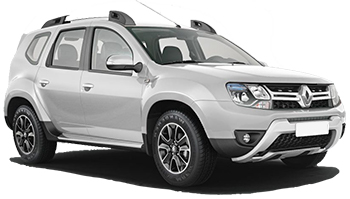
-
Foco From€ 24 /day

-
Movida From€ 31 /day -
Localiza Car Rentals From€ 35 /day
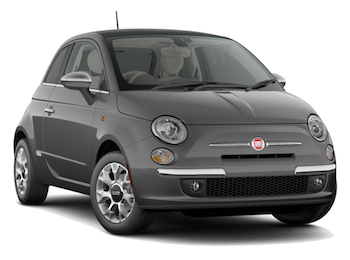
-
Unidas From€ 30 /day
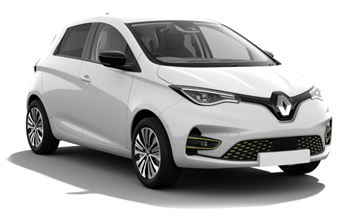
-
Localiza Car Rentals From€ 59 /day

-
Localiza Car Rentals From€ 64 /day
Car rental companies in São Paulo
Below are the car rental companies in São Paulo with the best ratings. Compare all ratings and prices of these rental companies in one search.
-
Localiza Car Rentals
From€ 17 / day -
Hertz
No rates available -
Movida
From€ 14 / day -
National Car Rental
No rates available -
Avis
No rates available -
Alamo
From€ 32 / day

When is the best time to book a rental car in São Paulo?
Car rental companies in and around São Paulo
Information about São Paulo
São Paulo is the economic heart of Brazil and the country's largest city. It's a gigantic city: The agglomeration is three times bigger than Paris. It is also Brazil's richest city (although the contrast between rich and dirt poor is also poignant in São Paulo), which is reflected by the shopping opportunities. In this respect, São Paulo measures up to metropolises like London, Paris or New York.
Where to start in such a huge city, where each neighborhood has its own character and tourist attractions? Let's start in the center, as this is where you will find several high buildings with viewing platforms, so that you can get an impression of the vast scale of the city. See how São Paulo has been structured from the Banespa Building on the Rua João Brícola or the Terraço Itália on the Avenida Ipiranga.
Originally São Paulo was a missionary post, founded by Jesuits. The Pátio do Colégio, a Jesuit church and school, is where the city has its roots. The building houses a museum, the Museu Padre Anchieta, where the scale model of the Pátio at the time it was founded and wall maps about the development of the settlement are of particular interest.
The São Paulo Cathedral was built at the beginning of the twentieth century, on the spot where there was already a church in 1589 in the, at that time, small city. We should really say that the construction of this neo-Gothic cathedral was only started at the beginning of the previous century. The cathedral was inaugurated in 1954 and only in 1967 were the towers completed. On the square in front of the church there's a sundial. It's the official center of São Paulo.
Between the Cathedral and the Praça da Republica lies the beautiful Teatro Municipal. The sandstone building that is finished with red marble displays a mixture of Neoclassical and Art Nouveau styles. You should definitely also have a look inside where guided tours are given.
The Avenida Paulista is São Paulo's financial heart. Not exactly a location where you would expect to see a cultural institute like the Museu de Arte de São Paulo (MASP), Brazil's most important and largest art museum. It focuses on European art from the fourteenth century onwards, but the museum also has collections of African and Asian art, Brazilian antiques and twentieth century art. On Sundays there is an art and antiques market on the square next to the museum. Another important art museum is the Pinacoteca do Estado de São Paulo. This museum focuses on Brazilian art (paintings and sculptures) from the nineteenth century, but it also has a section dedicated to modernist art by Brazilian artists.
The Parque do Ibirapuera is São Paulo's city park. Just like the city itself, the park is huge and we recommend renting a bicycle to cross it. There are several buildings, most of them designed by the famous Brazilian architect Oscar Niemeyer, including the Museu de Arte Moderna and the exhibition place OCA, which most resembles a spaceship that has landed. On Sunday mornings there are free concerts in the open-air theater on the Praça da Paz in the park.
São Paulo has an Asian quarter, but contrary to many other metropolises, not the Chinese but the Japanese have left their mark on it here. In the beginning of the twentieth century the city received many Japanese immigrants who settled in the Liberdade District. The entrance to the neighborhood is decorated with a torii, a traditional gate as is found at Shinto temples in Japan. The Italian immigrants concentrated in Mooca. In the last few years, a lot of high-rise buildings were constructed in this neighborhood, but you can still find some traditional working-class houses. Here you'll also find the Memorial do Imigrante, a museum dedicated to the different communities that emigrated to São Paulo.
In and around São Paulo
The large theme park Hopi Hari is located in Vinhedo, approximately at a one-hour drive from São Paulo. It has roller coasters and other attractions, both for young children and daredevils.
About one hundred kilometers south of São Paulo you'll find several beaches near the seaside town of Guaruja. The beaches of Asturias and Pitangueiras are very popular. Near Tomno the waves are higher and so this is an excellent location for surfing. Near Guarujá you'll also find the impressive Barra Grande Fortress from the sixteenth century.
If you are looking for original Brazilian paintings and wood carvings, you should go to Embu das Artes (literally: Land of the Arts), almost forty kilometers southwest of São Paulo. Every weekend there is a market of over a thousand stalls where not only works of art are on offer, but also antiques and curiosities.
Northwest of São Paulo, at about a one-hour drive from the city, lies the wine town of Louveira. In May the Grape Festival Festa da Uva is held here, which attracts tens of thousands of people.
Parking
To somewhat reduce traffic intensity in the city, depending on the last digit of your license plate, there is one day every week that you are restricted from driving in São Paulo. In the city center you have to pay for street parking. There are also several parking garages, but rates are rather high.
Airport
São Paulo Guarulhos International Airport is located 25 kilometers northeast of the city center. You can use two freeways to reach the airport by rental car: Ayrton Senna or Presidente Dutra.
São Paulo Congonhas Airport is located closer to the center, but it is only used for domestic flights.